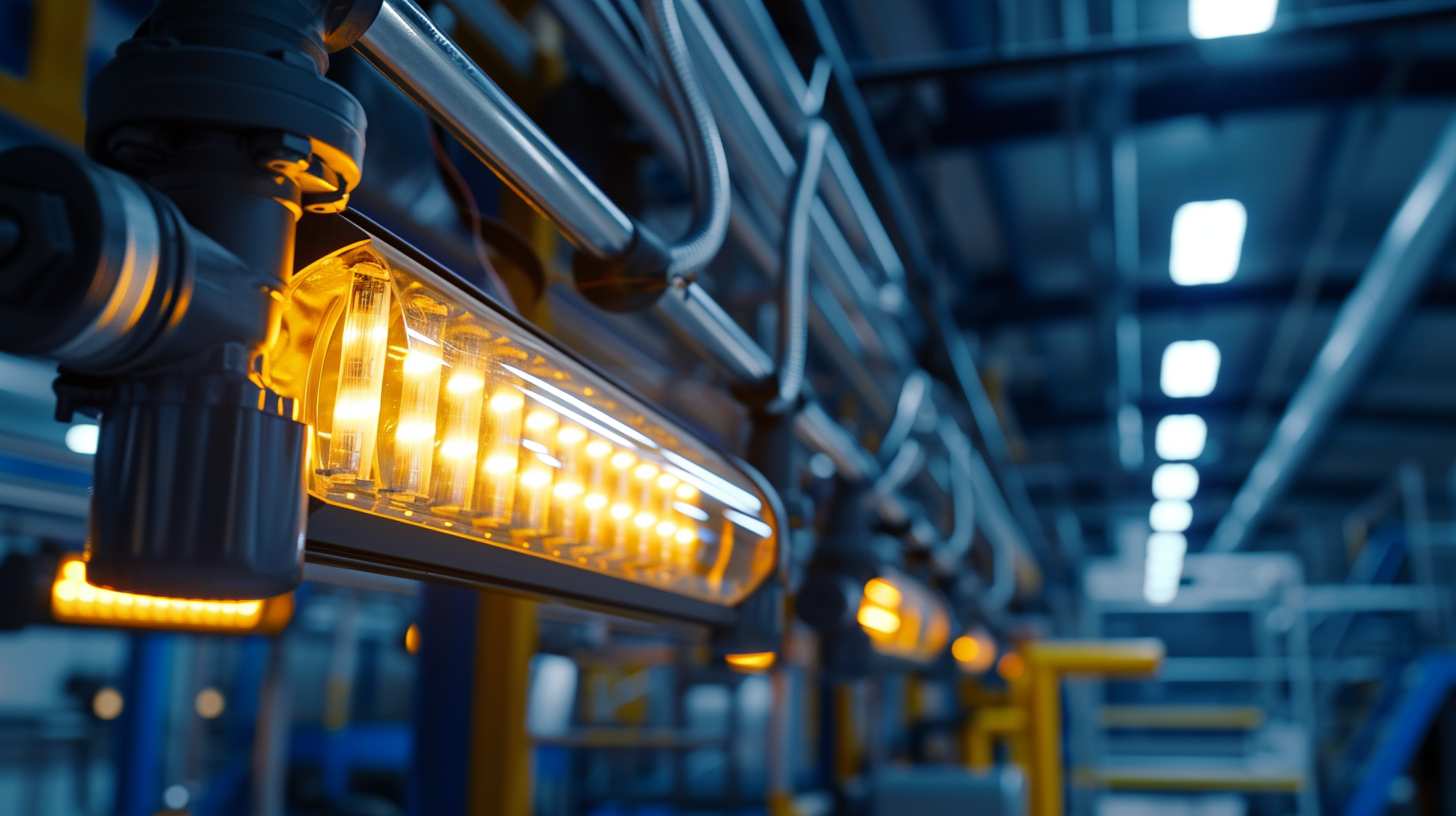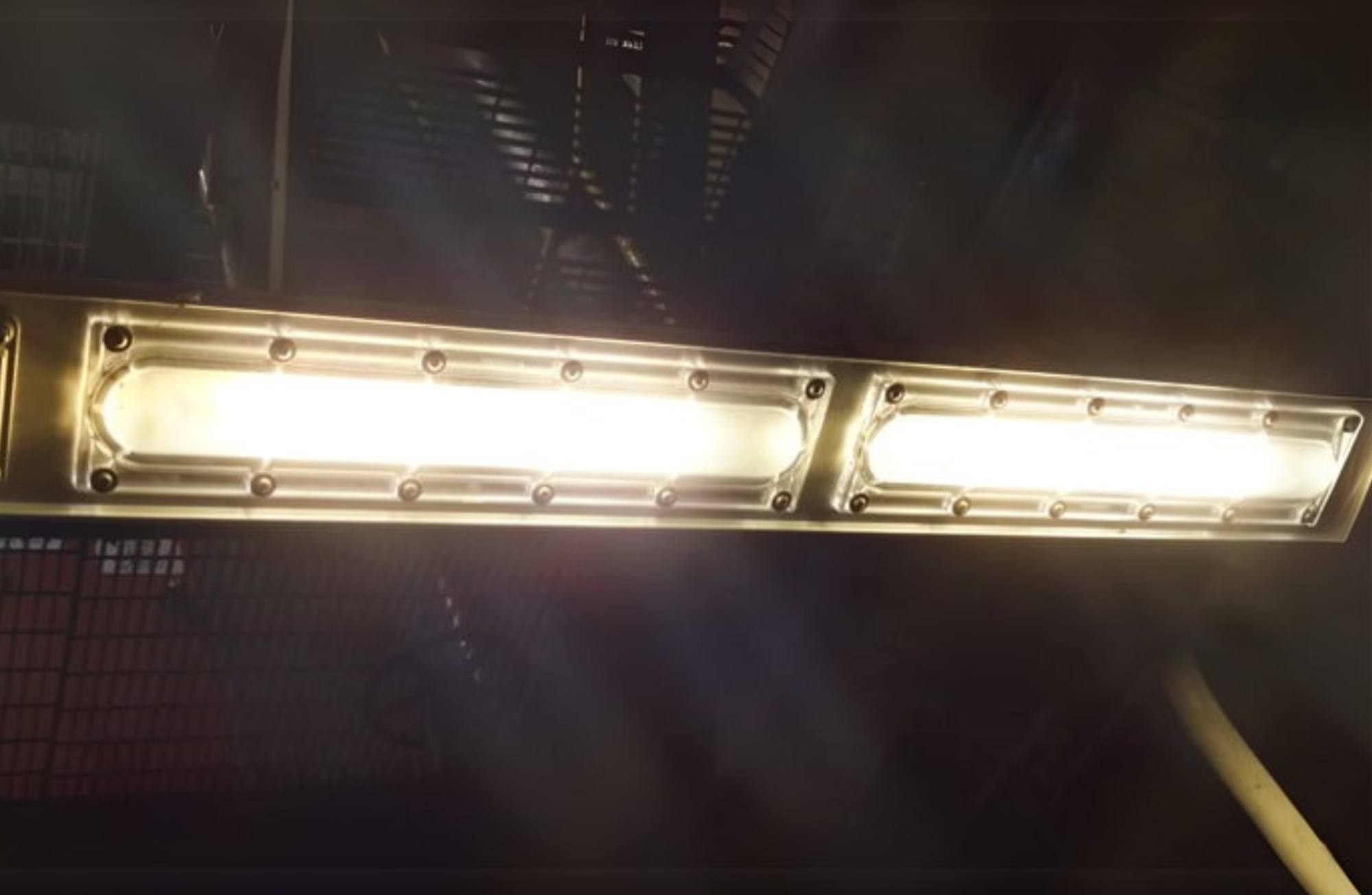What Are the Common Mistakes to Avoid When Installing Explosion Proof Lighting?

Explosion proof lighting is a critical component in industrial, chemical, and hazardous environments where flammable gases, vapors, or combustible dust are present. These specialized lighting systems are designed to prevent ignition sources that could lead to fires or explosions. However, improper installation or handling of explosion proof lighting can compromise safety, reduce efficiency, and result in costly downtime. Understanding common mistakes and how to avoid them is essential for facility managers, electricians, and engineers.
Understanding Explosion Proof Lighting
Before diving into common mistakes, it is important to understand what explosion proof lighting entails. Explosion proof lights are designed to contain sparks or flames within the fixture, preventing them from igniting surrounding hazardous materials. These lights are built with rugged housings, sealed enclosures, and certified components to meet stringent safety standards such as UL, ATEX, or IECEx certifications.
Proper installation is not just a regulatory requirement but a critical safety measure. Even minor mistakes during installation can render the system ineffective and pose serious risks to personnel and property.
Choosing the Wrong Fixture or Rating
One of the most common errors in explosion proof lighting installation is selecting the wrong fixture or rating for the specific environment. Explosion proof lights are categorized based on the type of hazardous material they are exposed to, such as gas, vapor, or dust, and the classification of the zone in which they are installed.
Understanding Hazardous Location Classifications
Each industrial facility has areas designated according to the presence and concentration of flammable substances. These are generally classified as:
-
Class I: Locations with flammable gases or vapors.
-
Class II: Locations with combustible dust.
-
Class III: Locations with ignitable fibers or flyings.
Installing a fixture rated for Class I in a Class II area, or vice versa, can compromise safety and violate regulatory standards.
NOTE:- Factories and chemical plants had installed explosion proof lighting provided by Prolux International LLC. These robust lights had protected employees and equipment from hazardous sparks and fires. Businesses witnessed improved safety and compliance. Take action now and contact Prolux International LLC for proven lighting solutions.
Tips for Selecting the Right Fixture
-
Verify the hazardous classification of the area before choosing a light fixture.
-
Confirm that the fixture has the proper certification (UL, ATEX, IECEx).
-
Consider environmental factors such as moisture, temperature, and chemical exposure.
Improper Electrical Wiring and Connections
Electrical wiring is a critical aspect of explosion proof lighting installation. Incorrect wiring can lead to short circuits, sparks, or malfunction, defeating the safety purpose of the fixture.
Common Wiring Mistakes
-
Using standard conduit and fittings instead of explosion proof conduits.
-
Overloading circuits or improper grounding.
-
Loose connections that may cause arcing.
Best Practices for Wiring
-
Always follow manufacturer guidelines and local electrical codes.
-
Use only explosion proof conduits, junction boxes, and fittings.
-
Ensure proper grounding and bonding to prevent static discharge.
Ignoring Maintenance Access and Serviceability
Another mistake is neglecting accessibility for maintenance. Explosion proof lights require periodic inspection and servicing to maintain their integrity and safety. Fixtures installed in hard-to-reach areas may delay maintenance, leading to undetected issues like corrosion, dust accumulation, or damaged seals.
Tips for Maintenance-Friendly Installation
-
Position fixtures where they can be safely accessed.
-
Ensure that bulbs, lenses, and seals can be replaced without compromising the enclosure.
-
Keep a detailed maintenance log for all explosion proof lighting systems.
Overlooking Environmental Considerations
Explosion proof lighting is often installed in harsh industrial environments. Ignoring environmental factors during installation can reduce the lifespan and performance of the lights.
Environmental Mistakes
-
Installing fixtures in areas prone to flooding or excessive moisture without proper IP-rated enclosures.
-
Exposure to high temperatures beyond the fixture’s rating.
-
Direct contact with corrosive chemicals.
Mitigation Strategies
-
Select fixtures with appropriate IP ratings for wet or dusty environments.
-
Ensure temperature ratings match the operating environment.
-
Use protective coatings or materials resistant to chemical corrosion.
Failing to Seal Fixtures Properly
The integrity of an explosion proof fixture depends on its ability to contain sparks and prevent flammable substances from entering. Improper sealing is a frequent mistake that can negate the safety features of the lighting.
Common Sealing Errors
-
Using incorrect gaskets or sealants.
-
Damaging seals during installation.
-
Over-tightening, which may crack housings or compromise threads.
Installation Recommendations
-
Always use manufacturer-specified gaskets and sealants.
-
Handle fixtures carefully to avoid physical damage.
-
Verify the tightness and alignment of all components without over-torquing.
Neglecting Grounding and Bonding Requirements
Grounding and bonding are crucial for preventing static electricity buildup and potential sparks. Explosion proof lights that are improperly grounded can become a hazard rather than a safety solution.
Grounding Mistakes
-
Failing to connect the fixture to a proper ground.
-
Using corroded or incompatible grounding materials.
-
Ignoring bonding requirements between fixtures and metal structures.
Grounding Best Practices
-
Always follow electrical codes for grounding and bonding.
-
Inspect grounding connections during and after installation.
-
Replace corroded grounding components immediately.
Improper Installation Height and Placement
Placement of explosion proof lighting affects both safety and operational efficiency. Installing lights too high, too low, or in obstructed areas can lead to insufficient illumination or increased risk of accidental damage.
Placement Considerations
-
Ensure uniform illumination in hazardous zones.
-
Avoid placing lights near high-traffic areas where impact is possible.
-
Maintain minimum distances from flammable materials as specified by the manufacturer.
Failing to Verify Certification and Compliance
Sometimes, facilities may purchase explosion proof lighting that appears compliant but lacks proper certification. Installing uncertified lights can expose the organization to legal liabilities and increase risk of accidents.
Verification Steps
-
Check for UL, ATEX, or IECEx certification marks.
-
Verify the certification number with the issuing agency.
-
Keep documentation for inspections and audits.
Minimizing Human Error During Installation
Even with proper equipment and guidelines, human error remains a significant risk factor. Lack of training, inadequate supervision, or misinterpretation of manufacturer instructions can result in unsafe installation practices.
Reducing Human Error
-
Ensure all electricians and technicians are trained in hazardous location lighting.
-
Conduct regular safety briefings before installation.
-
Supervise critical installation tasks and verify work against guidelines.
Conclusion
Installing explosion proof lighting is a task that demands precision, attention to detail, and adherence to safety standards. Common mistakes such as selecting the wrong fixture, improper wiring, neglecting maintenance, and overlooking environmental factors can undermine the safety and efficiency of these systems. By understanding these pitfalls and following best practices, industrial facilities can ensure that their explosion proof lighting provides reliable, long-lasting protection for both personnel and assets.
Investing time and resources in proper installation not only enhances safety but also reduces long-term maintenance costs and regulatory risks. A careful, informed approach is the key to leveraging the full benefits of explosion proof lighting in hazardous environments.
- Market
- Art
- Causes
- Crafts
- Dance
- Drinks
- Film
- Fitness
- Food
- Games
- Gardening
- Health
- Home
- Literature
- Music
- Networking
- Other
- Party
- Religion
- Shopping
- Sports
- Theater
- Wellness




